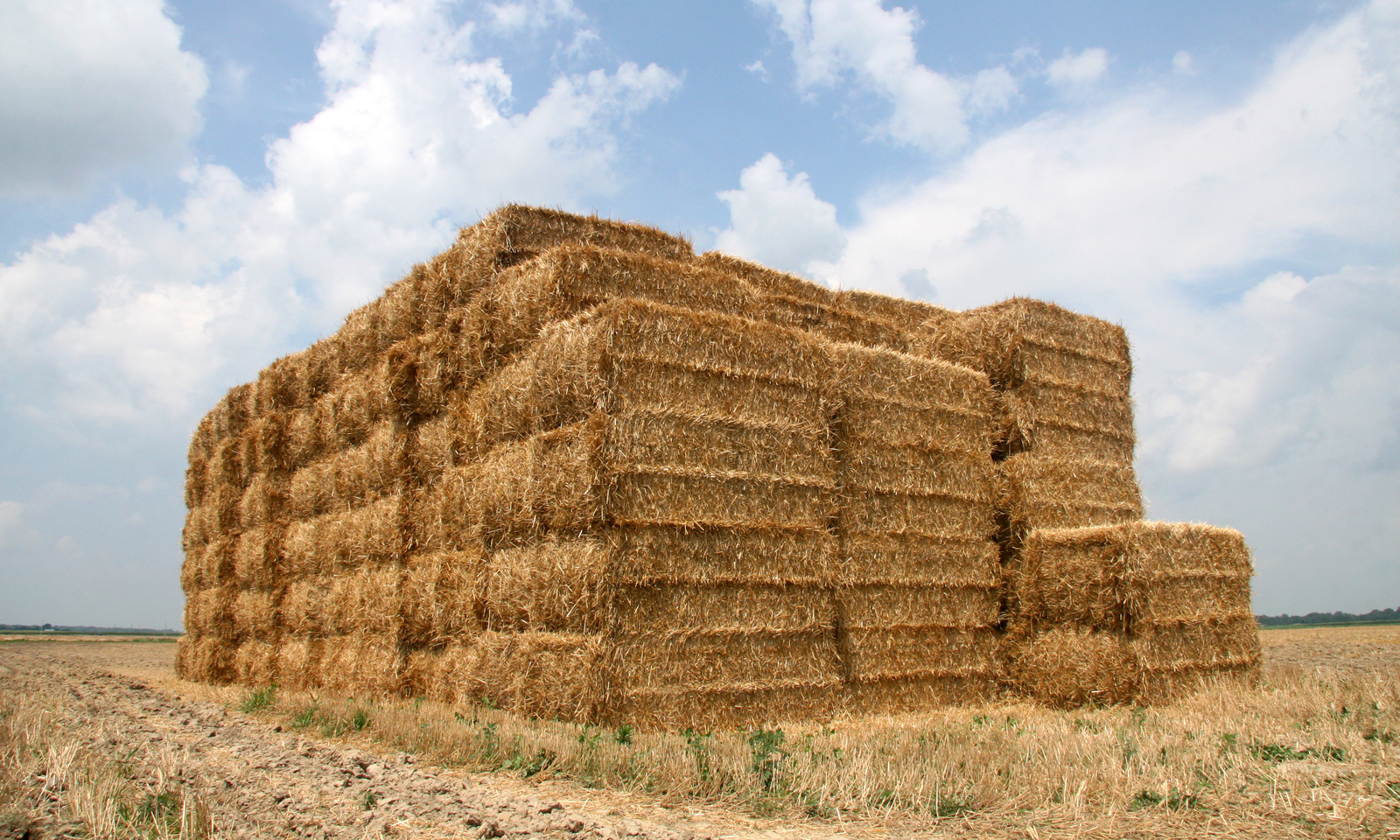Drought forces hay prices to sky rocket

US hay producers report a decent crop as they take their first cuttings of 2014, but the drought is expected to take its toll on overall yields.
With some growers expected to stop their production sooner this year as water runs out, overall production could dip to more than 20% below an average year, said Dan Putnam, a University of California Cooperative Extension specialist in Davis.
The anticipated shortage already has hay prices pushing higher. Supreme alfalfa costs as much as $340 a ton in the central San Joaquin Valley, up from an average of $240 a ton just last fall, according to USDA hay reports.
Hay of all types is in very short supply, said Marsha Campbell Mathews, a UCCE crop advisor in Modesto.
The market’s reaction to what is expected to be a difficult summer comes as alfalfa fields have progressed well, with some growers even commencing with a second cutting, according to the USDA’s National Agricultural Statistics Service office in Sacramento.
Ivar Amen, who grows grass and alfalfa for hay in fields near his farm supply store here, said he’s about a week away from producing his first bales of hay for the year. “It’s growing,” he said. “There’s guys starting to cut here in the valley now.” Amen and other growers have characterised rising hay prices as a mixed blessing at best, as it causes producers to lose customers.
“It becomes a point where people can’t afford it anymore,” Amen said. “What happens when you get rid of customers is pretty quickly you have a product that nobody needs.”
“I think we’re going to see a lot more difficulty as the summer goes on,” Putnam said. “We’ve recommended and a lot of growers have decided to produce first or second cuttings, but they may not be able to irrigate through the summer. Quite a few farmers don’t have any allocation of surface water, so they’re going to have to cut back any irrigation of alfalfa or move that water to other crops.”
For Amen’s part, his fields are irrigated with well water, so he doesn’t expected to be affected as much by the drought, he said. California has already seen a decrease in hay acreage as producers have switched to other crops, including orchards, whose expansion has been “nothing short of phenomenal,” Putnam said.
The Golden State’s producers harvested hay from 1.45 million acres in 2013, down 6% from the previous year, according to a NASS plantings report.
• Among other California field crops, according to NASS:
Wheat continued to head out last week, with roughly three-quarters of the crop headed by the week’s end. Three-quarters of the crop was rated good to excellent.
• Cotton planting has proceeded quickly, bolstered by ideal conditions in the southern Central Valley. Corn has also been planted throughout the state.
• Rice producers are preparing their ground for planting.
Access the USDA California weekly hay report here.











